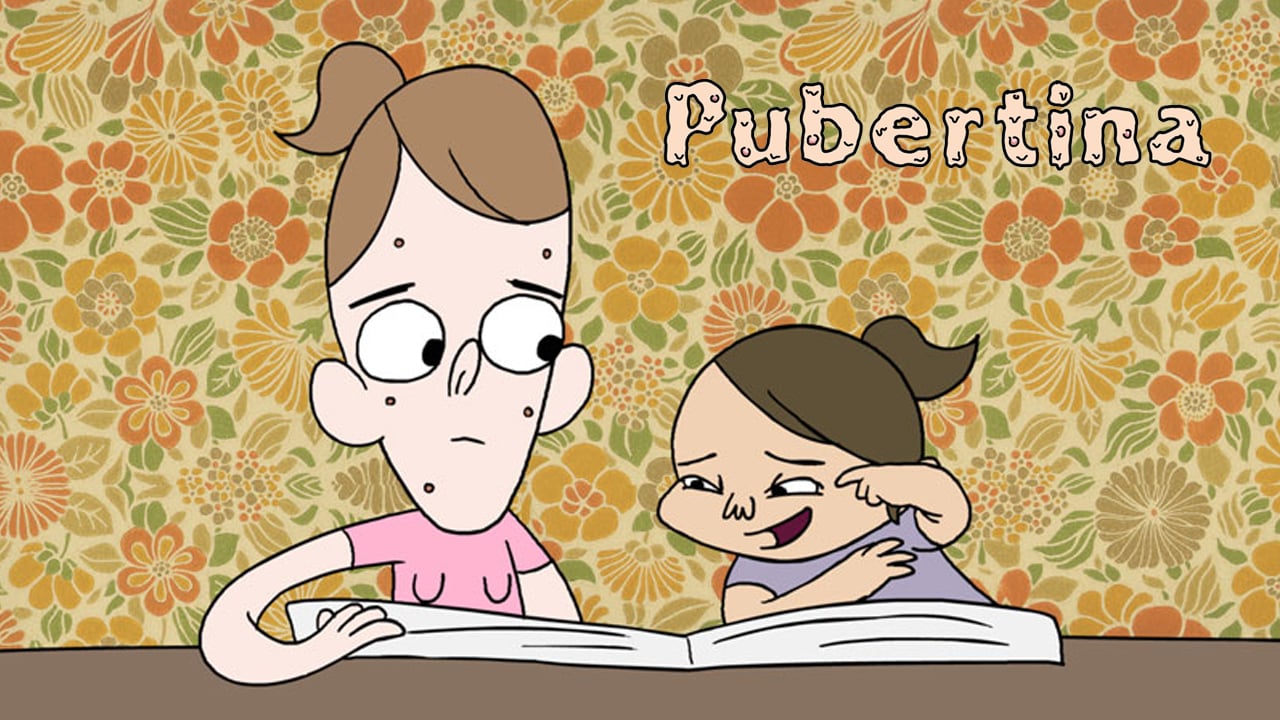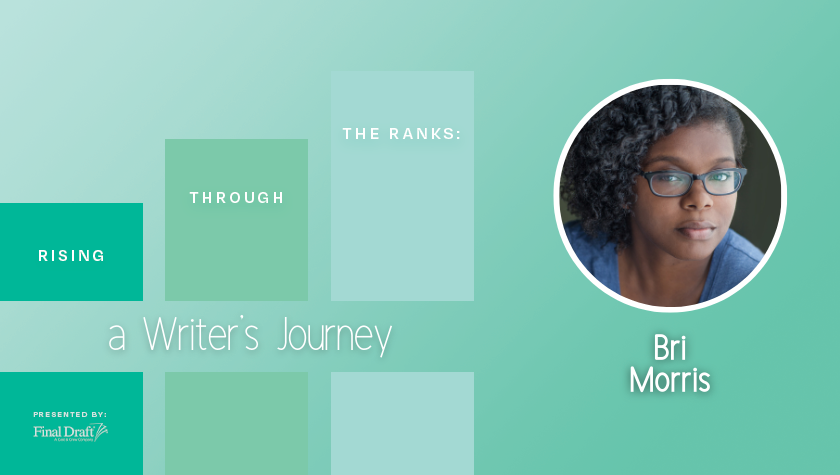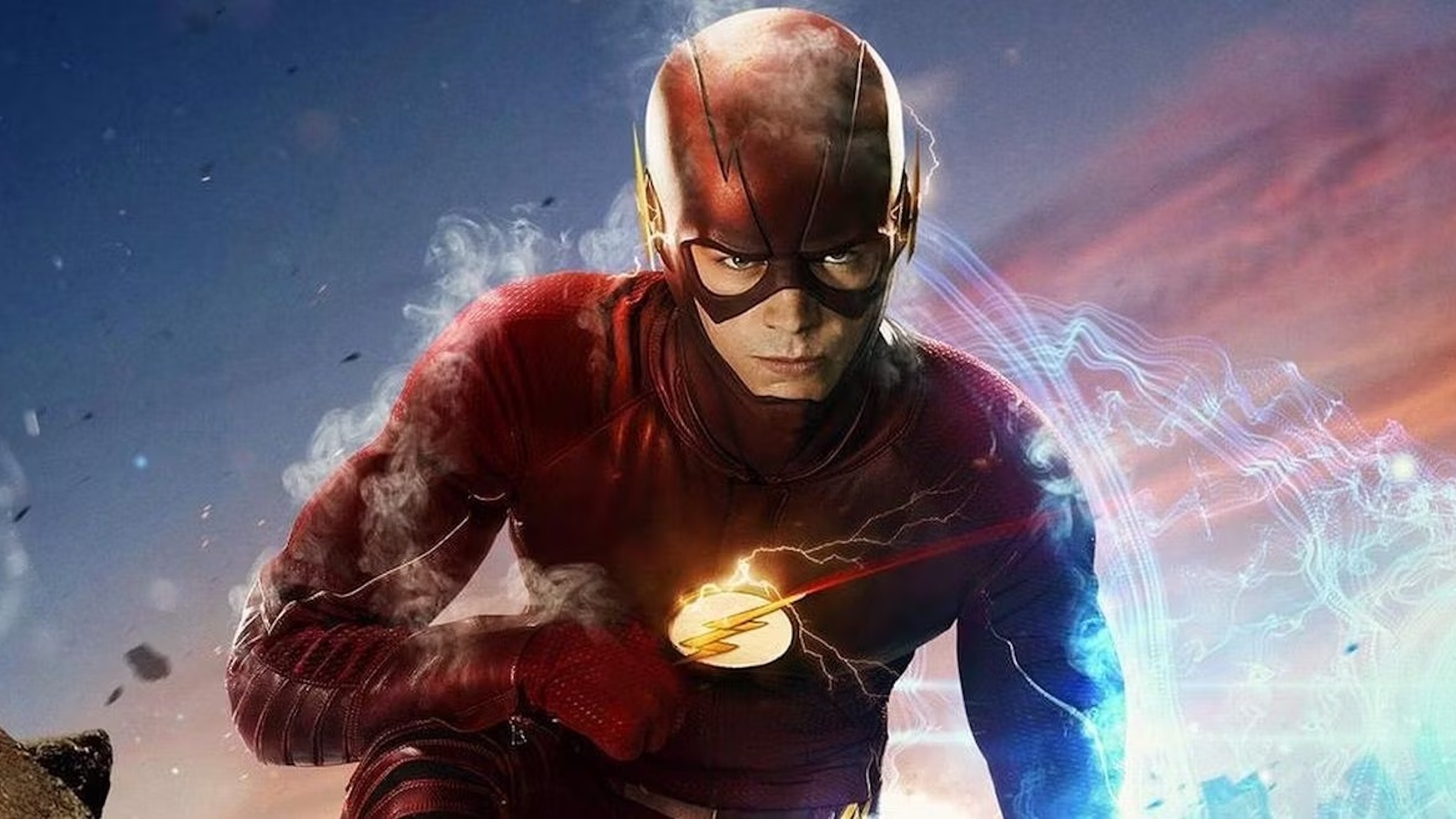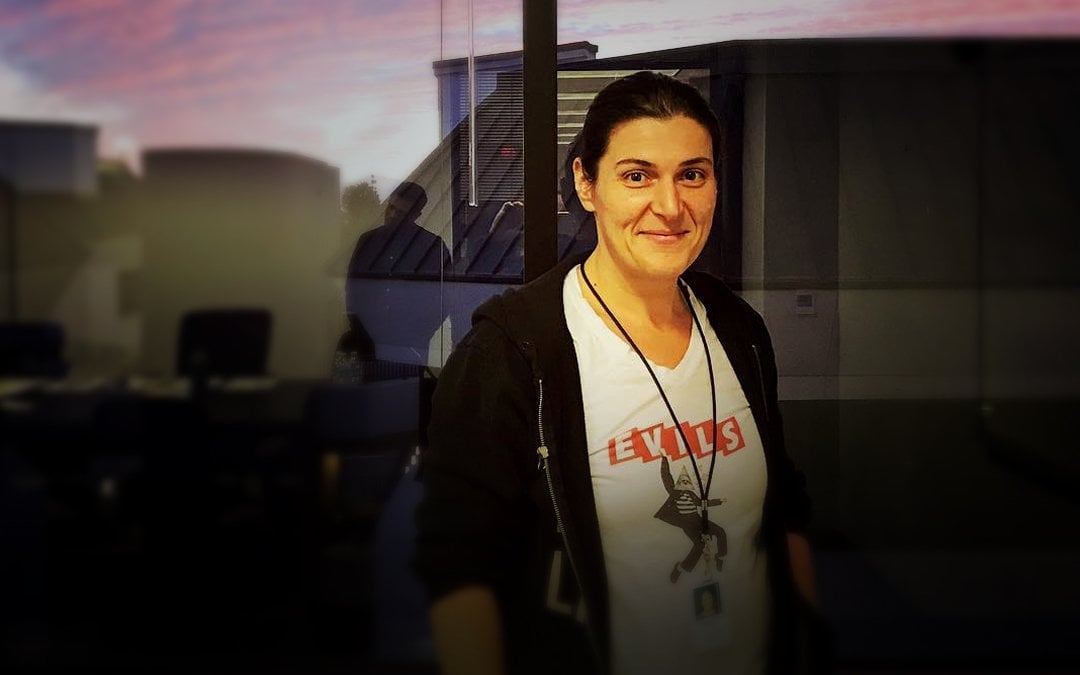Big Nate Writer Emily Brundige Shares What it Takes to Break into Animation
March 24, 2023
There is no single form of animation. Any parent can tell you about sitting through Cocomelon with their toddler then Big City Greens and Bluey with their kids before sending them to bed so they can watch South Park or Family Guy. That doesn’t even include four-quadrant animated films like Turning Red and Puss in Boots: The Last Wish.
What does it take to write on an animated series? And does the process differ from live action?
Emily Brundige was head writer on the new Nickelodeon animated series, Big Nate. She shares her insights on making it in the animated world, breaking into the business and how collaboration plays a bigger role in animation than live action storytelling.

While at CalArts, she created Pubertina, a short, animated film that appeared in a screening of other films from the school. She was approached by a producer who was looking to work with female creators. She pitched Pubertina as a web series and it was picked up and premiered on YouTube.
The series gained a lot of traction and she started getting invited to pitch to different animation studios. It was during this time that a mentor recommended she apply to writing jobs. It opened her eyes to the fact that there were writing jobs in animation – she had believed that creating in animation was centered more on storyboarding, a skill she admits isn’t her strong suit.
Brundige says, “I started applying for those jobs and slowly built up my career. Since then, I’ve been writer, head writer and a showrunner for animation.”
How to Break into Animation
According to Brundige, “First and foremost, and this goes for all writers, be immersed in the writing world. You can’t half-ass it. You have to be fully obsessed with writing and trying to be a writer.”
She insists that writers have to write because you can’t say you want to get a job writing and not be doing it. This includes writing pilots and workshopping your content with others. One basic mistake she sees a lot is when she meets with someone and they don’t have a sample. She cites it as a major no-no.
Other ways she recommends immersing yourself in screenwriting is to do everything from listening to podcasts on the craft to going to as many events as you can.
Brundige recalls, “When I was starting out, I was proactive in forcing myself into the animation community and showing up at things. There are a lot of events in animation. Show up and introduce yourself to people.”
She brought up one organization in particular that hosts several events: Women in Animation.
For those seeking staff writing jobs, she warns against the assumption that you can get this position if you’ve had no experience. The more realistic first step to a career is working as a writer’s assistant. She feels animation has a really nurturing community so if you’re a script coordinator or assistant and you’re actively showing you want to write and contribute, you’ll be given a chance to do so. That can lead to getting promoted or sets you up to be a staff writer on another show.
If you find yourself meeting with someone who can advance your career, Brundige recommends letting them know what you want to do but, if you’re less experienced, tell them you would be happy to take a writers assistant position to start. Two turn offs she highlights are those who will only settle for a staff writer position and not interested in opportunities below that or if you come off wishy-washy on what you want.
Creating the Animation Writers Room
Regardless of whether you’re an assistant, staff writer or showrunner, Brundige has found that the people who make it through are those who are kind, friendly, outgoing and put themselves out there.
More specifically, she looks for script coordinators with great organizational skills because it’s less writing and more of a managerial assistant position. They have to be responsible, smart, capable people. She will also read their samples to see if there is potential in their writing so she knows if she can mentor and possibly promote them.
For staff writers, Brundige almost always tries to hire people recommended to her either by those she has worked with or recommended by someone she trusts. Most importantly, it comes down to two factors: their samples and if she feels there is chemistry to foster a good writing collaboration opportunity.
Although she has worked with writers transitioning from live action to animation, one of the issues she sees is that live action writers tend to have too much dialogue.
She says, “The beauty of animation is there’s a lot going on visually so you’ll want to break dialogue up with fun things the characters can do. In the end, it’s basically the same – storytelling. We tell character-driven stories and follow a three-act structure.”
Where live action and animation differ is the collaboration between writers and storyboard artists. Brundige indicates many of the small moments in Big Nate are added by the storyboard artists.
She explains that the storyboard artists will take the script and follow it, but if they see opportunities to punch things up or do something visual, they will try it.

Brundige’s Writing Process for Animation
Brundige says, “I outline for sure. I find the character story I want to tell and figure out what the arc is going to be while trying to find ways to surprise the audience. I’m mostly a comedy writer so I’m asking how I can twist the situation and turn it on its head in a surprising way that ups the stakes in the story and comes to a satisfying conclusion.”
She also tries to flip whatever the trope is because she never wants to do something that feels too close to something we’ve seen. Using the example of kids going to a sleepover – a story played out in many ways previously, she will look for a unique aspect of the story and will try to find something new that can happen.
Final Advice for Animation Writers
Brundige advises, “Be immersed in the world of animation and writing. Go to animation events and connect with other writers even if they are aspiring writers. This is cliché but people you make friends with who aren’t quite experienced will certainly become people who might be able to hire you, even if it doesn’t feel that way. Also, try to find some friends at your level you can bounce ideas off of.”
Animation doesn’t encompass a single area so Brundige recommends focusing on the comps that are closest to what you like. If you want to write the next Bob’s Burgers, don’t study Muppet Babies. If you like what Nickelodeon does, watch Big Nate.
Brundige says it comes down to listening to yourself, figuring out what you like and following your interests.
Written by: Steven Hartman
Steven Hartman is an award-winning, optioned screenwriter. He was a Top 5 Finalist in Big Break’s Historical Category in 2019 and won Best Action/Adventure in Script Summit’s Screenplay Competition in 2021. He holds a Bachelor of Arts degree from Columbia College and had internships at Jerry Bruckheimer Films and Village Roadshow Pictures. Steve is a full-time writer and creative video producer by day and a screenwriter and novelist by night.



